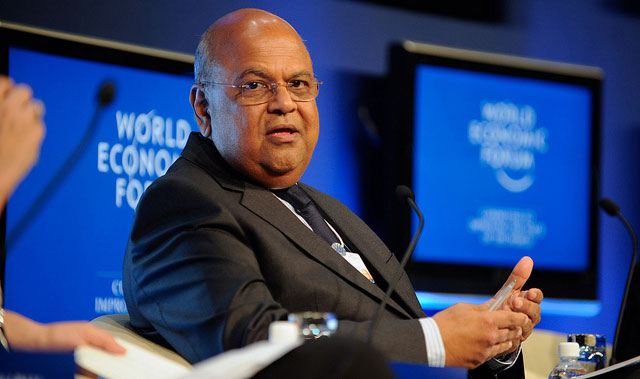 It’s rare: regulation which actually yields a positive result for both sides of the market it intends to “manage”. Sure, the move by regulator, Icasa, to start a licensing process for precious mobile spectrum is at least five years late (and, by the time licences are issued, probably closer to six).
It’s rare: regulation which actually yields a positive result for both sides of the market it intends to “manage”. Sure, the move by regulator, Icasa, to start a licensing process for precious mobile spectrum is at least five years late (and, by the time licences are issued, probably closer to six).
But, we finally have movement. And, barring any strange political machinations, mobile operators (and others) will be able to use this spectrum to roll out faster data services by the middle of next year. The industry has become so accustomed to delays that to describe the invitation to apply (ITA) for 700MHz, 800MHz and 2,6GHz spectrum published on Friday as “unexpected” is an understatement.
I’ve read acres of telecommunications and broadcast ITAs, policy and regulation published by Icasa over more than the last decade, and this is honestly one of the most logical objects to emerge from Pinmill Farm since the regulator was formed.
Crucially, it (government?) seems to have abandoned fantasies about “new entrants” rushing to build out national networks on this spectrum (the bands up for auction can’t quite stand alone as commercially viable). Also gone is the delusion that a single entity (government?) would be awarded this spectrum which it could then wholesale to the rest of the market.
Neither of these approaches make sense. What we have now is a standard, predictable and familiar auction process, accepted the world over (from the UK to Nigeria, South Korea to Paraguay). There is no need for us to invent our own way of doing things, despite our country’s peculiar desire to always want to default to this.
A reserve price of R3bn for each of the four “lots” means the only realistic applicants are existing operators. Not only will the licences require deep pockets, but the obligations in terms of roll-out and open access actually require a network (imagine that)!
I’d argue that the obligation by each winner to provide open access to black-owned mobile virtual network operators (MVNOs) is a red herring. “Access” is just that and operators (“licensees”) have three years to provide this. Plus, the market cannot support 12 (yes, 12!) MVNOs.
The 100% coverage obligation is also strange, never mind unachievable by 2020, given that Icasa expects licensees to “self-regulate” (to some extent) and regularly report on progress. To put that 100% population coverage “requirement” in context: Vodacom, which operates the country’s largest network, has only just managed 99% 3G coverage, from 96% in May 2015.
Now, to understand why we’ve fallen behind much of the rest of the world in terms of mobile broadband speeds, you need only look at the lack of spectrum. Spotty coverage and a noticeably abnormal drain on your smartphone battery when you’re on 4G? Same reason. Stubbornly high prices? About the same, mostly.
Operators desperately need access to this spectrum. They’ve got themselves in a corner by re-farming (reusing) existing, mostly 2G, spectrum for 4G services. This was fine for the first year or two, but what we’ve effectively got now are fast mobile data services being provided over networks that simply cannot cope.
It’s not as if mobile operators aren’t investing in their networks. Both Vodacom and MTN are spending as much as they possibly can — each has invested roughly R40bn in their South African networks over the past four years.

Re-farming spectrum as a sustainable solution to a far larger problem is inefficient. Operators end up adding more and more base stations simply to get a decent level of throughput. All of these costs add up. And you and I pay.
Expect mobile data prices to fall when (if?) this spectrum is obtained and used by the country’s mobile operators. Those inefficiencies will fall away and all four operators have been building out networks with future spectrum allocations in mind. This means that in many cases, a simple software upgrade on base station equipment will allow new spectrum to be used. Let me be clear: there will be downward pressure on prices.
Operators and consumers aside, there’s a third winner: government. An auction, by definition, tends to drive prices higher. And the unintended side-effect of the delay in awarding these licences is that operators will probably be more willing to pay higher prices for it.
The reserve price (R3bn/lot) means this auction will raise at least R12bn for the fiscus. I’d imagine that total will be closer to R20bn and you can bet treasury and finance minister Pravin Gordhan are smiling. This unexpected windfall will likely help solve the continuing headache of propping up Eskom’s balance sheet (the so-called “funding gap”).
The only real question remaining is where Cell C will find the (at least) R3bn it needs to participate in this auction. That Blue Label Telecoms transaction couldn’t have come at a better time…
- Hilton Tarrant works at immedia. This column was originally published on Moneyweb and is used here with permission




